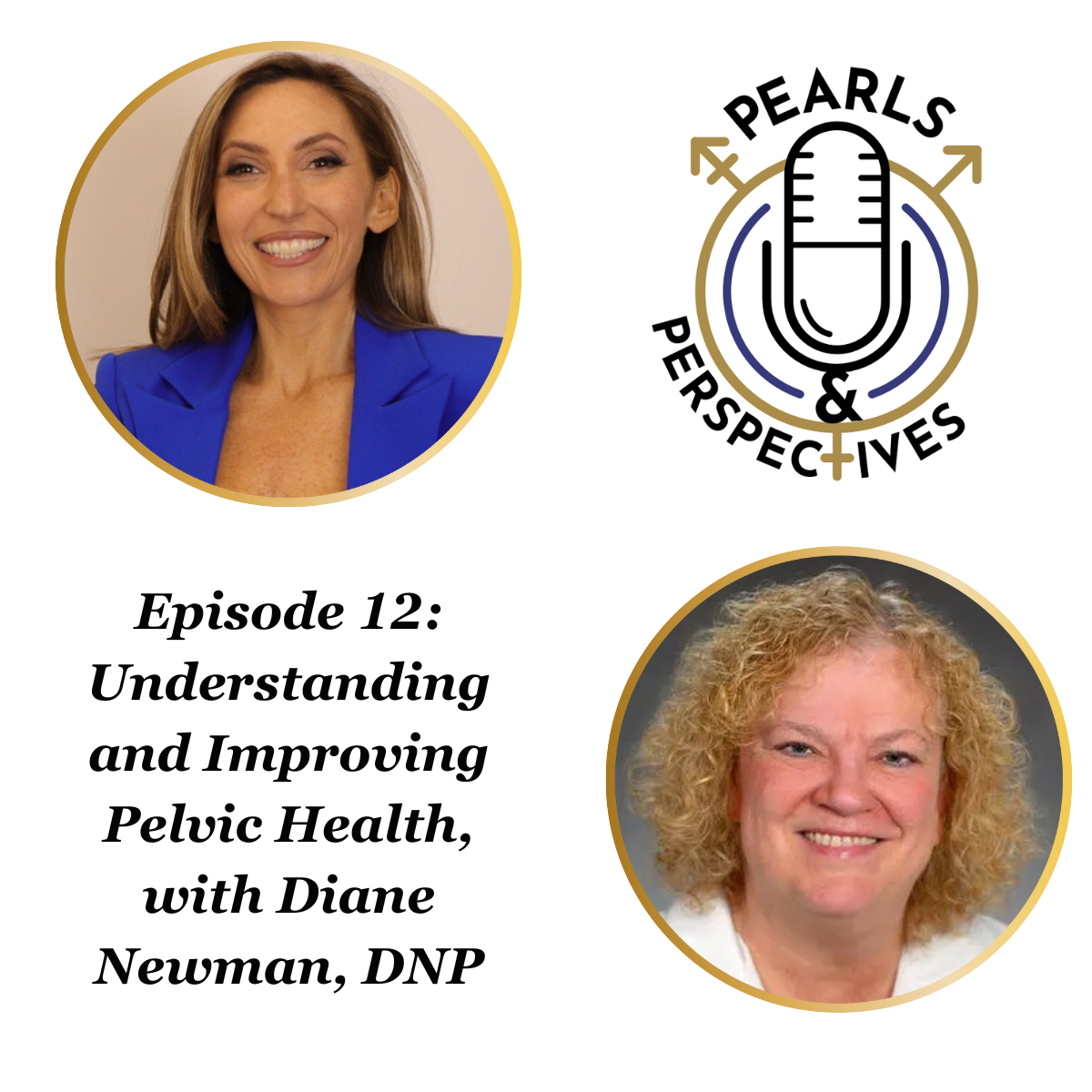News
Article
Vaginal estrogen for GSM not associated with major adverse cardiovascular events
Author(s):
Key Takeaways
- Vaginal estrogen for GSM shows no significant association with MACE, supporting its safety even in high-risk women.
- Systemic estrogen for VMS does not significantly increase VTE risk, indicating its safety across different risk profiles.
“These findings support the safety of vaginal estrogen for treatment of local menopause symptoms, even in high-risk women,” says Gabriella M. Rustia, MD.
Recent data presented at Pelvic Floor Disorders Week 2024 showed no significant association between the use of vaginal estrogen for the management of genitourinary syndrome of menopause (GSM) and subsequent major adverse cardiovascular events (MACE).1
Gabriella M. Rustia, MD

An additional study presented at the meeting showed no significant association between the use of systemic (non-vaginal) estrogen for vasomotor symptoms of menopause (VMS) and subsequent venous thromboembolic events (VTE).2
According to the authors, vaginal estrogen therapies contain a listed contraindication for a history of myocardial infarction and stroke, as well as a black-box warning for increased risk of deep vein thrombosis. The current studies sought to assess the risk of these events in women who did and did not receive vaginal or systemic estrogen within 1 year following their diagnosis.
In total, the retrospective cohort analysis comparing vaginal estrogen and subsequent MACE included 549,925 women from the TriNetX database who received a diagnosis of GSM between April 2004 and April 2024. Among all patients, 53.8% received vaginal estrogen.
After propensity score matching, each study arm included 65,243 high-risk women (a diagnosis of MACE between 3 and 24 months prior to first GSM diagnosis) and241,326 low-risk women (no history of MACE). A subsequent MACE diagnosis included myocardial infarction, stroke, and cardiovascular death.
Among all high-risk women, a subsequent MACE diagnosis occurred in 23% of patients who received vaginal estrogen vs 23% of patients who were not treated with vaginal estrogen (HR, 0.990; 95% CI, 0.936 to 1.048; P = .423). In low-risk women, a subsequent MACE diagnosis occurred in 6.2% of patients who received vaginal estrogen vs 7.4% of patients who did not receive vaginal estrogen (HR, 0.938; 95% CI, 0.918 to 0.959; P = .064).
Similar results were seen when comparing the use of systemic estrogen for VMS and subsequent VTE.
In total, the retrospective study identified 526,144 women from the TriNetX database who received a diagnosis of VMS between April 2004 and April 2024. Among these patients, 7.4% received systemic estrogen. After propensity score matching, each study arm included564 high-risk women (a diagnosis of tobacco use by ICD-10 code any time prior to first VMS diagnosis) and 38,583 low-risk women (no history of prior tobacco use).
Among all high risk-women, subsequent VTE occurred in 2.0% of patients who received systemic estrogen compared with 2.8% of patients who did not receive systemic estrogen (HR, 0.774; 95% CI, 0.359 to 1.670; P = .750). Among low-risk women, subsequent VTE was experienced by 1.6% of patients who received systemic estrogen compared with 2.1% of patients who did not receive systemic estrogen (HR, 0.986; 95% CI, 0.887 to 1.097; P = .129).
“These findings support the safety of vaginal estrogen for treatment of local menopause symptoms, even in high-risk women,” concluded lead author Gabriella M. Rustia, MD, a female pelvic medicine and reconstructive surgery fellow at University Hospitals in Cleveland, Ohio, in correspondence with Urology Times®. “Further research should elucidate current practice patterns with systemic hormone replacement specific to route and dose of administration such as patch or oral routes.”
References
1. Rustia GM, Rahman A, Rhodes S, Sheyn D. Major adverse cardiovascular events with and without vaginal estrogen therapy. Presented at: Pelvic Floor Disorders Week 2024. October 22-25, 2024. Washington, DC
2. Rustia GM, Rhodes S, Sheyn D. Rate of venous thromboembolic events with and without systemic estrogen therapy. Presented at: Pelvic Floor Disorders Week 2024. October 22-25, 2024. Washington, DC
Newsletter
Stay current with the latest urology news and practice-changing insights — sign up now for the essential updates every urologist needs.
















